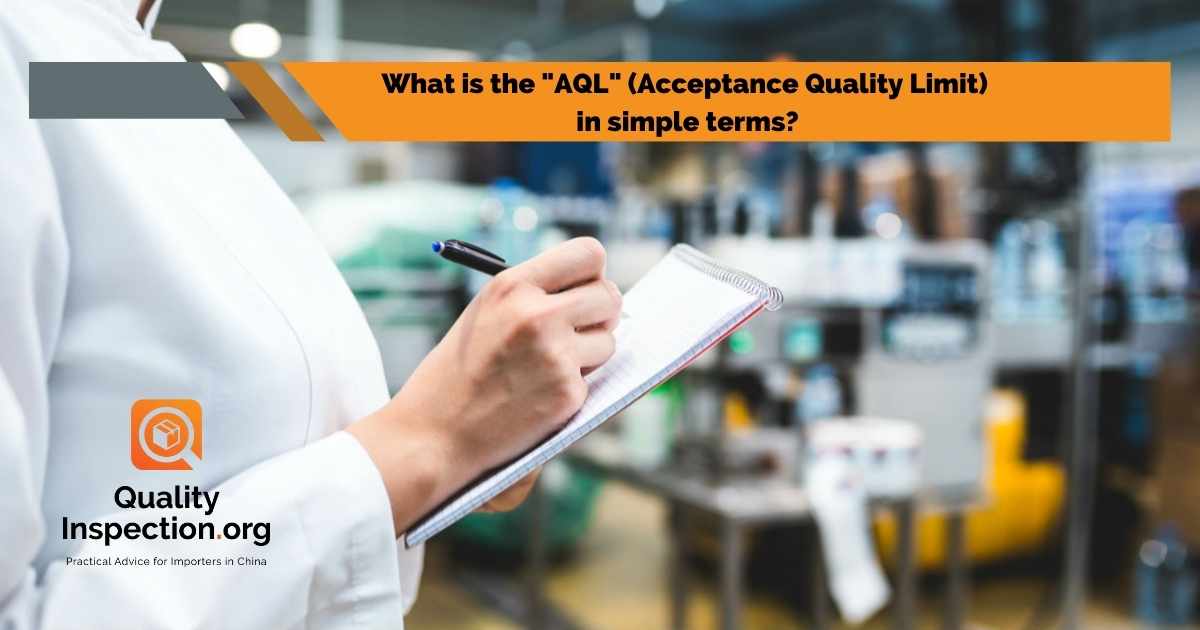This article introduces the different AQL inspection levels available to buyers. Those levels are mentioned in the ISO 2859-1 standard (or its American equivalent, ANSI/ASQC Z1.4). Let’s explore the different levels of random … [Read more...]
Free Samples from Potential Chinese Suppliers: A Positive Sign?
If you find 30 potential suppliers that all seem capable of making the product you want, how to pick the best one? With B2B platforms like Alibaba and Global Sources, many buyers ask themselves that question. And an easy answer is "I … [Read more...]
What is the “AQL” (Acceptance Quality Limit) in simple terms?
What Does AQL Mean? 'AQL' stands for 'Acceptance Quality Limit', and is a method used by many businesses to check a random sample from the production batch of their products and confirm that the risk of bad quality is relatively low. In … [Read more...]
The Different Sampling Plans Contained in the ISO 2859 Series
The vast majority of inspectors follow the ISO 2859-1 standard. But about ISO 2859-2, -3, and so on? The relationship between these parts is explained in ISO 2859-10:2006 (introduction to the ISO 2859 series of standards for sampling for … [Read more...]




